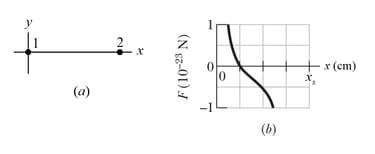The identical isolated conducting spheres and have equal charges and are separated by a distance that is large compared with their diameters. The electrostatic force acting on sphere due to sphere is . Suppose, now that a third identical sphere , having an insulating handle and initially neutral, is touched first to sphere then to sphere , then to sphere again (not shown), and then finally removed. The electrostatic force that now acts on sphere has magnitude . What is the ratio ?
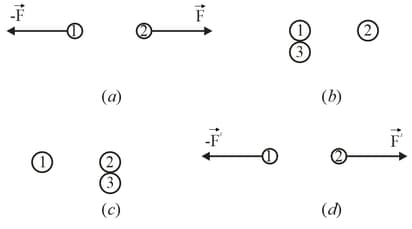


Important Questions on Coulomb's Law
Particles and of charge , are fixed in place on axis, and . Particles and of charge , can be moved along the axis. Particle of charge , is fixed at the origin. Initially particle is at and particle is at .
To what value of , must particle be moved to rotate the direction of the net electric force on particle by counter-clockwise?
With particle fixed at its new position, to what value of , must you move particle to rotate back to its original direction?
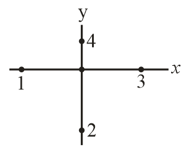
In figure ,
Three positively charged particles are fixed on an axis. Particles and are so close to each other that they can be considered to be at the same distance from particle . The net force on particle due to particles and is in the negative direction of the axis.
In figure ,
Particle has been moved to the opposite side of , but is still at the same distance from it. The net force on is now in the negative direction of the axis.
What is the ratio ?
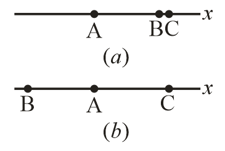
In crystals of the salt cesium chloride. cesium ions form the eight corners of a cube and a chlorine ion is at the cube's center. The edge length of the cube is . ions are each deficient by one electron (thus each has a charge ), and the ion has one excess electron (thus has a charge ).
What is the magnitude of the net electrostatic force exerted on the ion by the eight ions at the corners of the cube?
If one of the ions is missing, the crystal is said to have a defect. What is the magnitude of the net electrostatic force exerted on the ion by the seven remaining ions?
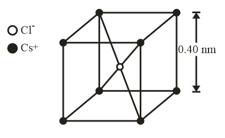
Two particles are fixed on axis. Particle of charge is located at , particle of charge is located at and particle of charge magnitude is released from rest on the axis at . What is the value of , if the initial acceleration of particle is in the positive direction of the
axis
axis
Calculate the number of coulombs of positive charge in of (neutral) water.
(A hydrogen atom contains one proton and an oxygen atom contains eight protons.)
Electrons and positrons are produced by the nuclear transformations of protons and neutrons, respectively. The process is termed as beta decay.
If a proton transforms to a neutron, then is an electron or a positron produced?
If a neutron transforms to a proton, then is an electron or a positron produced?
Particles and of charge are on -axis at distance from the origin. Particle of charge is moved gradually along the -axis from to . At what values of , will the magnitude of the electrostatic force on the third particle from the other two particles be
minimum?
maximum?
What is the
minimum magnitude?
maximum magnitude?
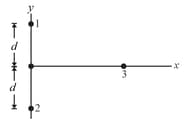
In the figure, particle (of charge ) and particle (of charge ) are fixed in place, on the -axis, apart. Particle of charge ) is to be placed on the line between particles and , so that they produce a net electrostatic force on it. Figure gives the -component of that force versus the coordinate , at which particle is placed. The scale of the -axis is set by . What are the sign of charge and the ratio ?
